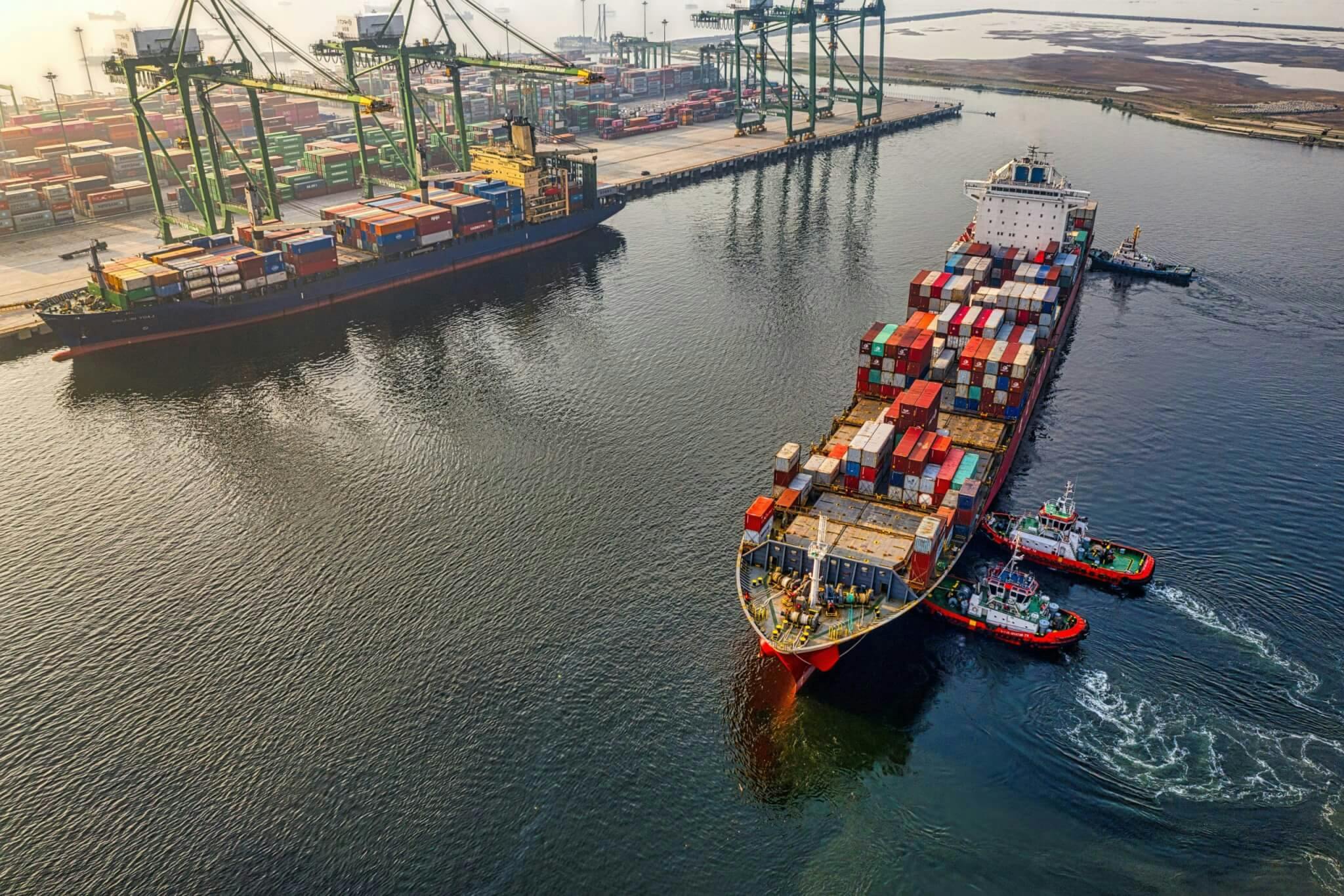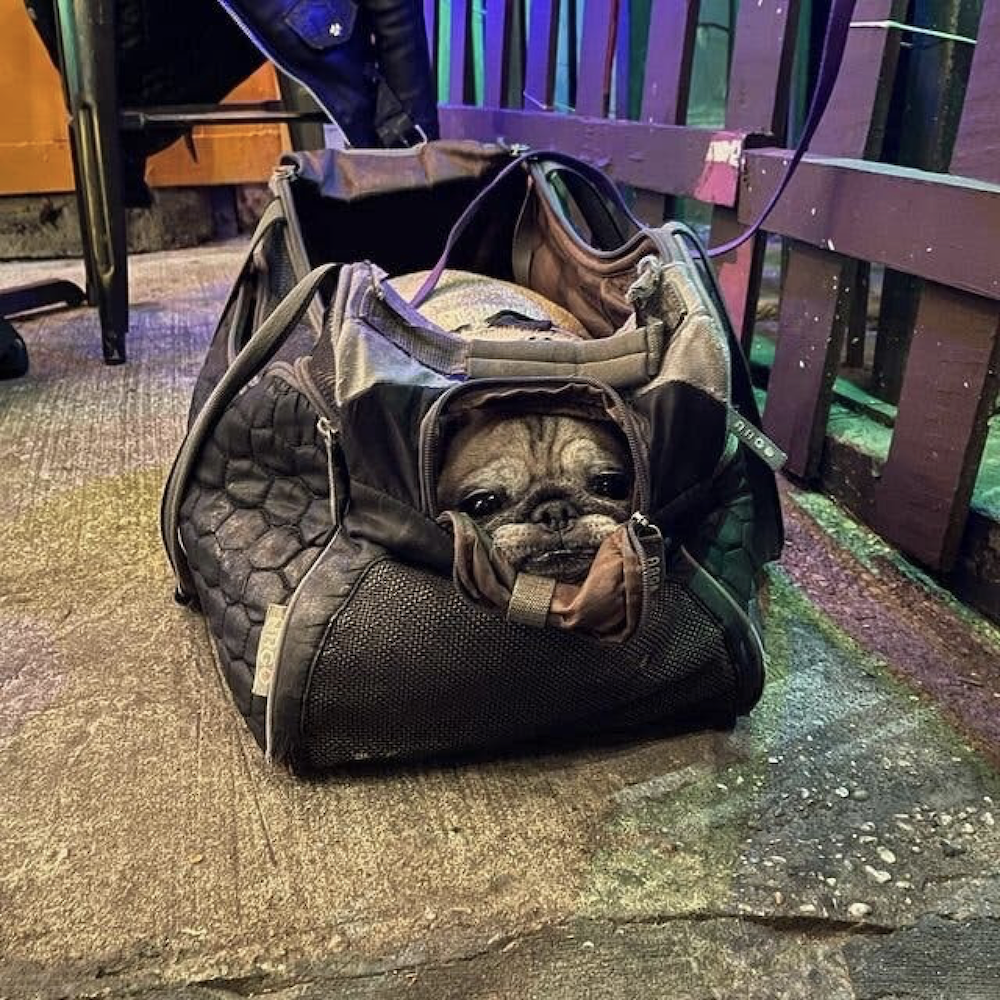Accessibility Tools
PMG Digital Made for Humans
Supply Chain Slowdowns Move Up National Agenda
Abby Long
Abby manages PMG's editorial & thought leadership program. As a writer, editor, and marketing communications strategist with nearly a decade of experience, Abby's work in showcasing PMG’s unique expertise through POVs, research reports, and thought leadership regularly informs business strategy and media investments for some of the most iconic brands in the world. Named among the AAF Dallas 32 Under 32, her expertise in advertising, media strategy, and consumer trends has been featured in Ad Age, Business Insider, and Digiday.

Though it’s been 18 months since the beginning of the pandemic, the global economy remains out of sync, leading to “the perfect storm” of labor and raw materials shortages, high freight rates, limited capacity on ocean-going transportation, and delayed shipments. Congested seaports, rising last-mile delivery rates, and empty shelves have become the norm across the global economy, ballooning into a national economic challenge.
A combination of labor and materials shortages, rising costs, and seaport backlogs are to blame for the challenges seen across supply chain networks around the world.
The White House unveiled new efforts to solve supply chain bottlenecks, including private-public partnerships with large companies.
To sidestep shipping bottlenecks, many companies had holiday inventory delivered earlier this year, have sought to charter their own ships, or are relying on transporting goods by air versus sea.
On Wednesday, the White House announced it has convened business leaders, port leaders, and union leaders to deliberate on a series of public and private commitments to help move goods from ships to shelves faster across the nation. These commitments include:
The Ports of Los Angeles and Long Beach are expanding to 24/7 operations.
The International Longshore and Warehouse Union (ILWU) has announced its members are willing to work extra shifts.
Companies, including Walmart, UPS, FedEx, The Home Depot, Target, Samsung, and more have committed to using their resources to move goods more quickly out of ports and into stores.
As outlined by the White House, “The Chinese ports of Yantian (Shenzhen) and Ningbo-Zhoushan—two of the top 5 largest ports in the world—each experienced multi-week partial-terminal closures aimed at curbing COVID outbreaks, slowing global supply chains due to increased dwell times and canceled sailings. In September, hundreds of factories closed under lockdown restrictions in Vietnam, halting production that supports thousands of retailers worldwide. They have been slowly reopening in early October but must still contend with mounting supply chain issues. These disruptions have made the transportation supply chain more unstable and difficult to predict.”
Gridlock by the numbers: Last week, it was reported that more than 497 large container ships are anchored off ports in Asia, Europe, and North America waiting for berth space.
Labor shortages — Labor shortages caused by the Great Resignation and growing demand for higher wages, quarantine requirements, and public safety protocols are complicating economic recovery, as seaports seek skilled dock workers, freight companies look to hire more truckers for long-haul deliveries, and warehouses and distribution centers stagger shifts to alleviate staffing shortages. FedEx, for example, is facing staffing challenges across its major city hubs, leading the company to reroute more than half a million packages a day via its Ground network to help maintain service standards (delivery times) with FedEx customers. FedEx aims to hire 90,000 new employees for the peak season to help handle the surge in package volume.
Rising costs — Prices from apparel to food to medicine and vehicles have risen worldwide, with many goods arriving late or not at all. According to The Wall Street Journal, “The Labor Department said the consumer price index (CPI) — which measures what consumers pay for goods and services— rose a seasonally adjusted 0.4 percent in September from August. That is faster than in August but down markedly from June’s 0.9 percent pace. On an annual basis, inflation picked up, with CPI rising 5.4 percent in September from a year earlier, in unadjusted terms, a slight uptick from August and the same rate as in June and July, which was the highest since 2008. The so-called core price index, which excludes the often-volatile categories of food and energy, in September climbed four percent from a year earlier, the same rate as in August.” Prices for groceries, gasoline, and heating fuels rose along with the cost of new vehicles, rent, and furniture while they fell for used cars, airline fares, and apparel. Analysts note that inflation will likely continue, driven by supply chain disruptions resulting in low inventory for some goods, along with the higher trajectory in energy prices.
Seaport backlogs — With each passing day, more ports along the coasts of Asia, Europe, and the United States are reaching record high backlogs as the queue of ships waiting to dock grows longer and longer. Currently, about 80 percent of all traded goods travel by shipping container, meaning that seaport bottlenecks impact nearly every industry. In late September, the average wait time for vessels waiting to unload at the Los Angeles port was about 8.7 days, 2.5 days longer than the same time the month before. Los Angeles and Long Beach collectively had 65 cargo ships stuck at anchor or in drift areas waiting for spots to open up to dock and unload. According to the Marine Exchange of Southern California, Southern California ports are responsible for almost half of all U.S. imports, with the average number of container ships at anchor waiting to dock usually between zero and one.
Empty shelves — Supplier delays in everything from apparel to grocery categories have dragged out to eight to 12 weeks, with manufacturers stalled out as they wait for raw materials. A global semiconductor shortage has stalled assembly lines for most automotive manufacturers, leaving car dealership lots vacant for much of 2021. Meanwhile, Nike continues to grapple with issues ranging from shipping container shortages to staffing challenges and local lockdown restrictions at factory locations in Vietnam and Indonesia, impacting production and delivery.
To sidestep shipping delays, many companies had holiday inventory delivered earlier this year, have sought to charter their own ships, or are relying on transporting goods by air versus sea. However, some of these alternatives are significantly more expensive. According to Freightos, a $195 ocean shipment can cost $1,000 by air, and while transporting a 40-foot steel container would cost $1,920 last year, today, it can cost more than $14,000.
Despite these high costs, U.S. retailers seeking alternative shipping solutions include:
Retailers like Lululemon are relying more on air freight to avoid port congestion.
Coca-Cola recently turned to bulk vessels (generally used for grain and coal) to transport manufacturing materials.
Earlier this year, Home Depot chartered its own ships to help retain shipping capacity and keep imports flowing into the U.S. in what has become a critical lifeline for its supply chain.
Ikea bought shipping containers and is chartering ships to help ensure stocked shelves before the holiday season.
On a recent earnings call, Walmart assured investors that the company had secured additional freight capacity with its decision to charter ships.
Dollar Tree expects to add more charters during Q4, while Costco will charter three vessels for Transpacific routes.
Chartering ships and opting for air transportation are strategies being pursued by retailers “because the alternative is worse,” said Sea-Intelligence CEO and founder Alan Murphy. “If a big brand name has 2,500 boxes sitting in Shanghai that are worth half a million dollars apiece, and it’s still there when it’s Christmas, it’s worth zero.” However, chartering ships is not without its challenges.
According to Supply Chain Dive, charters are being denied entry into some ports across Asia if crew members test positive for COVID-19, requiring the ship to return to its original location to change crew. In one instance, a single positive COVID-19 test aboard a chartered ship resulted in a more than two-month delivery delay for the retailer.
With the third-quarter earnings season kicking off this week, we’ll soon have greater insight into how retailers are navigating their unique supply chain challenges heading into the holiday season. Of the 21 S&P 500 companies that have reported results thus far, after citing supply chain disruptions, many cited labor shortages and costs (14 companies), COVID costs and effects (11 companies), and transportation and freight costs (11 companies) as the most significant challenges impacting their businesses, indicating that “the perfect storm” is affecting us all.
Stay in touch
Bringing news to you
Subscribe to our newsletter
By clicking and subscribing, you agree to our Terms of Service and Privacy Policy
Though estimates of when these challenges will clear up vary, experts agree it won’t be before the holiday season. Already, retailers like Nordstrom are warning customers of inventory challenges and last-mile delivery issues, and are encouraging shoppers to shop early to ensure their holiday gifts arrive on time.






